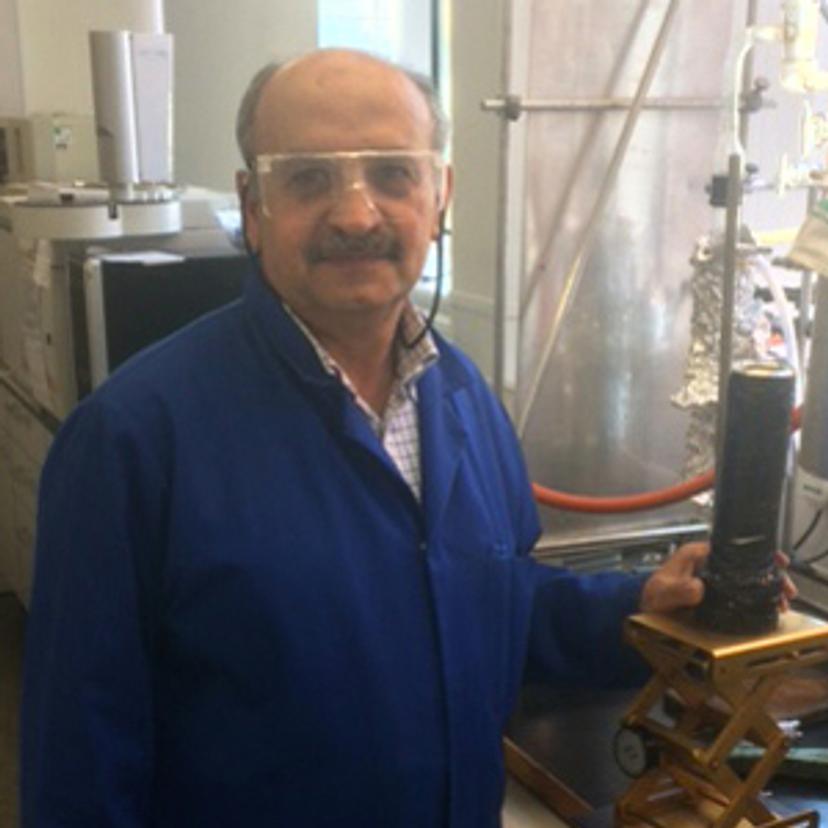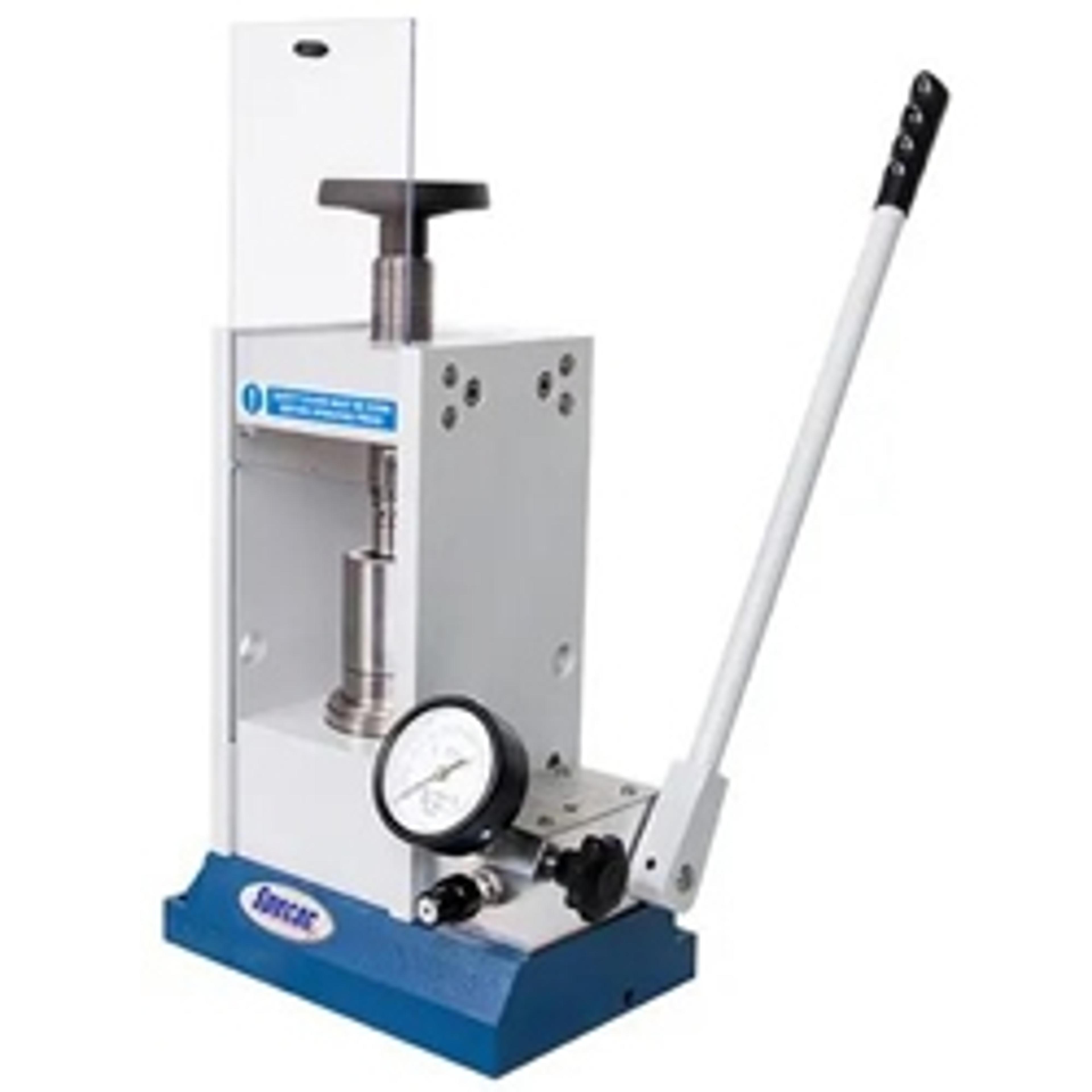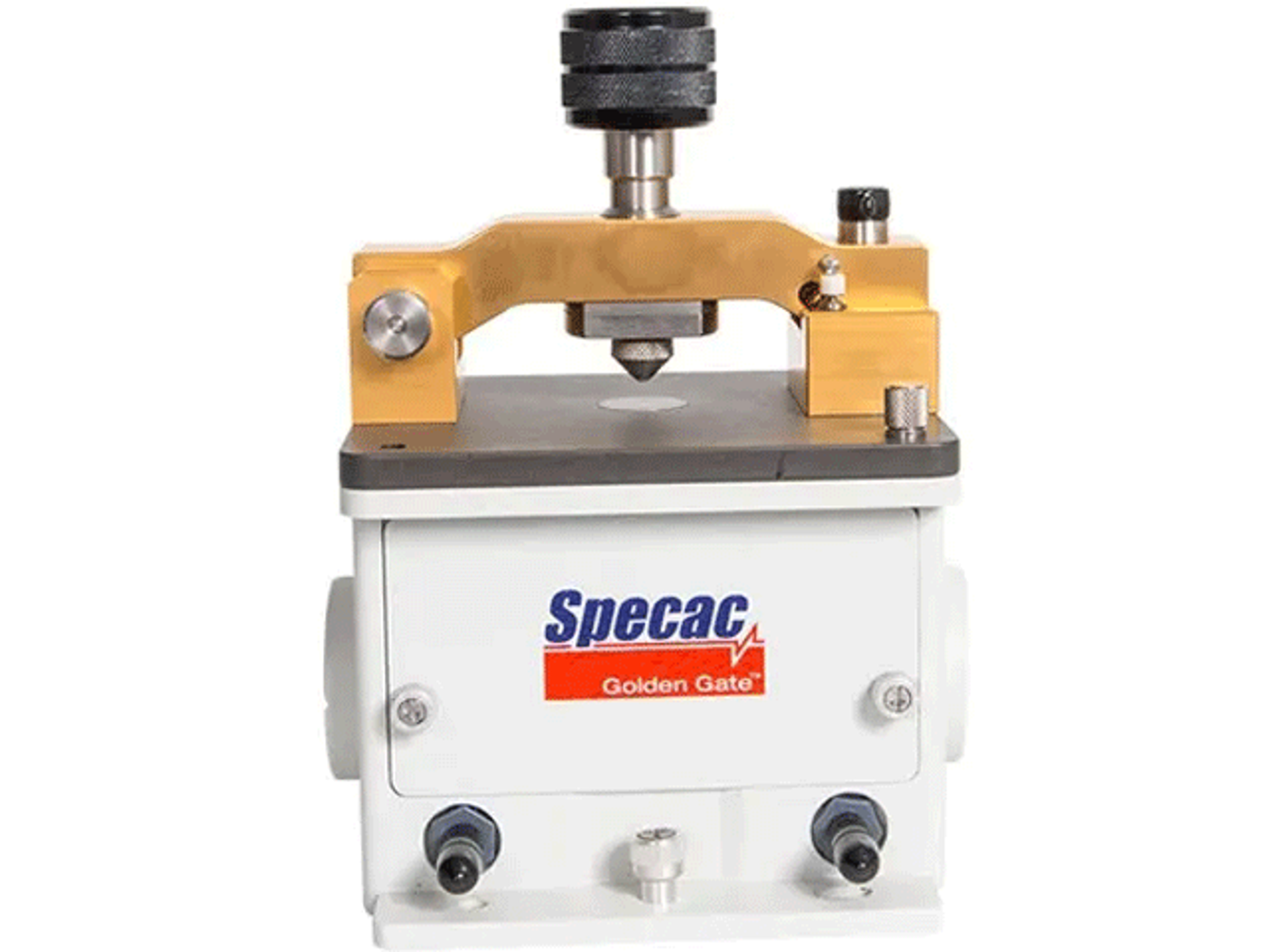The Hidden Depths of Fluorine Chemistry and its Real-World Applications
Learn how research chemists use analytical technology to support the design of novel fluorine-based compounds that transform our lives
1 May 2019
Fluorine is an unfamiliar element to many, overshadowed in celebrity by its more well-known cousin chlorine, whose widespread application as a disinfectant is long established. Fluorine is perhaps most associated with toothpaste, in which it exists in a metal fluoride form that we all instantly recognize as bestowing benefits in dental health. But that is only scratching the surface of what fluorine can do for us.
Dig just a little deeper into the world of organometallic chemistry and a landscape of metal fluoride complexes and fluoro-organic compounds emerges which underpins a significant sector of our chemical industry. Such compounds find applications in drug design, catalysis (both at the lab and industrial scale) and as a vital tool for chemical engineering. Understanding phenomena like bond activation by transition metals (such as nickel or platinum) is part-and-parcel of discovering new routes to unusual molecules with useful properties, and a team of chemists at the University of York are doing just that. Working within the Department of Chemistry, Dr. Naser Jasim is an experimental officer and organometallic chemist at the University of York who specializes in the study of transition metal-mediated C-X bond activation, where ‘X’ is fluorine, hydrogen or oxygen, and has a particular ‘penchant’ for C-F. But why is C-F so interesting?
A new cornerstone of the chemical industry?
The chemical industry has been excited about fluorine-containing compounds for a while now, and particularly those complexed with transition metals like nickel. Fluorine-containing compounds appear in 30% of current agrochemicals, 25% of commercial herbicides and 10% of pharmaceuticals. Jasim cites hydrofluorocarbons, poly-tetrafluoroethylene (more commonly known as PTFE) and fluoro-liquid crystals as long-established useful compounds. He hopes to continue adding to this list through his detailed research into the reaction mechanisms which underpin how, for example, fluoro-organics complex with zero-valent nickel and platinum, and the interaction of hydrogen and halogen bonding in metal fluoride complexes. Jasim’s research has shown that group 10 metal fluorides exhibit exceptionally strong ability as H-bond acceptors, with the nickel fluoride and the palladium fluoride series having the highest association constants.

A high spectroscopy burden
By its very nature, Jasim’s research carries a high spectroscopy burden. There is a constant need to image molecules and to separate, identify, and characterize intermediate compounds. He is therefore heavily reliant on the best analytical technology available and cites a number of pieces of equipment that are invaluable to his research as an adjunct to larger equipment such as GC-MS and NMR. For example, he describes Specac’s Evacuable Pellet Dies as “very useful and reliable kit for making KBr disks for infrared analysis.”
Elaborating further, Jasim says: “I have been using this product for a long time to make KBr samples for infrared spectroscopic analysis, and to make carbon mix disks for physical studies. It is very good for these applications. The kit itself is very easy to use and will never break if you use it correctly without forcing parts together. It is value-for-money, as it has lasted me over ten years, and I am still using it with, and without, vacuum.”
Jasim also cites Specac’s Golden Gate™ ATR Accessory as a valuable and trusted piece of equipment in his research, asserting that: “This is a very good tool to use in the infrared applications of our research. I have been using this for the last few years in our research group; it is amazingly simple and gives results quickly and easily.”
The group’s research also draws on Specac’s Gold Seal of Quality award-winning Atlas Manual Hydraulic Presses, about which Jasim notes: “We use these in our infrared and ultraviolet spectroscopy work. They are easy to use and last long (high quality).”
A bright future
Organometallic chemistry is an exciting field to be in at the present time, with applications looming in as diverse fields as anti-cancer drugs and solar energy production.
Indeed, Jasim concludes by referring to the latter: “We are aiming our future work towards solar research by synthesizing new fluorinated compounds that have the ability to produce and store energy from sunlight.”
Find out more about Naser Jasim’s research and how Specac’s Golden Gate™ ATR Accessory, Evacuable Pellet Dies and Atlas Manual Hydraulic Presses could help you.



